You are here
Back to topChina Releases Phytosanitary Rules for Fresh Australian Apples
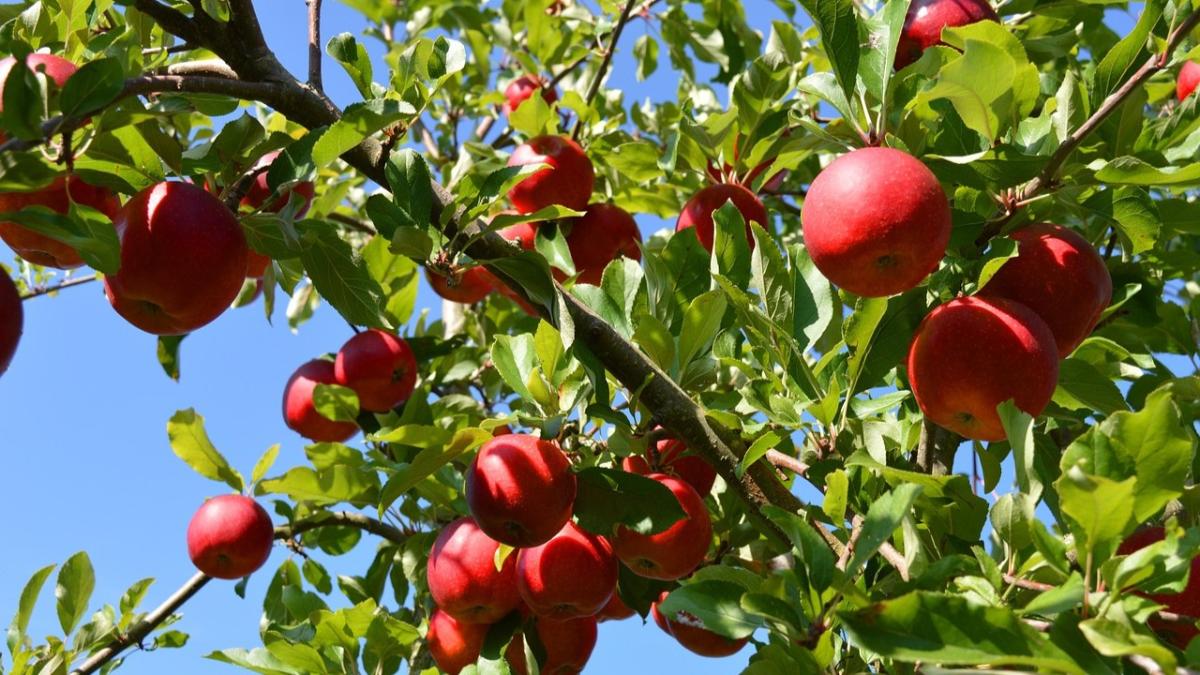
On July 15, Chinese Premier Li Qiang and Australian Prime Minister Anthony Albanese held the 10th annual China–Australia Prime Ministers’ Meeting. Following their talks, they witnessed the signing of several cooperation agreements in trade, customs, quarantine and agriculture, including a phytosanitary protocol for exporting fresh Australian apples to China. On Aug. 5, China’s General Administration of Customs released via its website the phytosanitary requirements for fresh apples from Australia. Since 2010, China has only allowed the import of apples grown in Tasmania because of concerns over fruit flies.
According to the announcement, China has identified a total of seven quarantine pests of concern. These include the Queensland fruit fly (Bactrocera tryoni), Mediterranean fruit fly (Ceratitis capitata), codling moth (Cydia pomonella), light brown apple moth (Epiphyas postvittana), wooly apple aphid (Eriosoma lanigerum), and fungal plant pathogens Monilinia fructicola and Botryosphaeria stevensii.
Tasmania remains free of both Mediterranean and Queensland fruit flies. Apple orchards in Tasmania wishing to export to China must establish monitoring and trapping systems and maintain the state’s existing pest-free status. If fruit flies are detected, the Australian Department of Agriculture, Fisheries and Forestry must notify Chinese customs authorities within 48 hours and immediately activate the National Emergency Response Plan. Affected areas must suspend apple exports to China or implement pest control measures in accordance with methods approved by Chinese customs authorities.
On the Australian mainland, fruit flies are present: Mediterranean fruit flies are confined to Western Australia, while Queensland fruit flies are found only in the east of the country. Orchards on the mainland wishing to export to China must conduct visual inspections or trapping surveillance for fruit flies from flowering through to harvest, carried out by the Australian Department of Agriculture, Fisheries and Forestry or its authorized personnel.
During the packaging process, apples destined for China must undergo procedures such as selection, washing, sorting and grading to ensure that they are free from insects, mites, rotten fruits, branches, leaves, roots and soil. Defective fruit must be removed and post-harvest fungicide treatment is required.
Apples from areas affected by fruit flies must undergo cold treatment before being exported to China. For apples from Western Australia, the treatment must target Mediterranean fruit flies, with the fruit pulp maintained at 1 degree Celsius or below for at least 16 consecutive days or at 2.1 degrees Celsius or below for at least 21 days. For apples from other areas, the treatment must target Queensland fruit flies, requiring the pulp temperature to be kept at 3 degrees Celsius or below for a minimum of 18 consecutive days.
Australia’s apple industry has long relied on the domestic market, which is dominated by two supermarket giants, Coles and Woolworths, leaving growers with limited bargaining power. The opening of the Chinese market offers a rare opportunity for producers to reduce their dependence on these retailers.
In the 2023/24 season, Australia produced nearly 300,000 metric tons of apples, valued at over 680 million Australian dollars (US$445 million), with about 90% of the output coming from the mainland. While some growers aim to start exports to China immediately after harvest in February of next year, most will still need to adjust their varieties and quality standards, with shipments expected to begin around May 2026.
Image: Pixabay
This article was translated from Chinese. Read the original article.



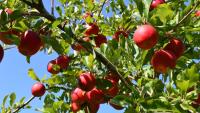
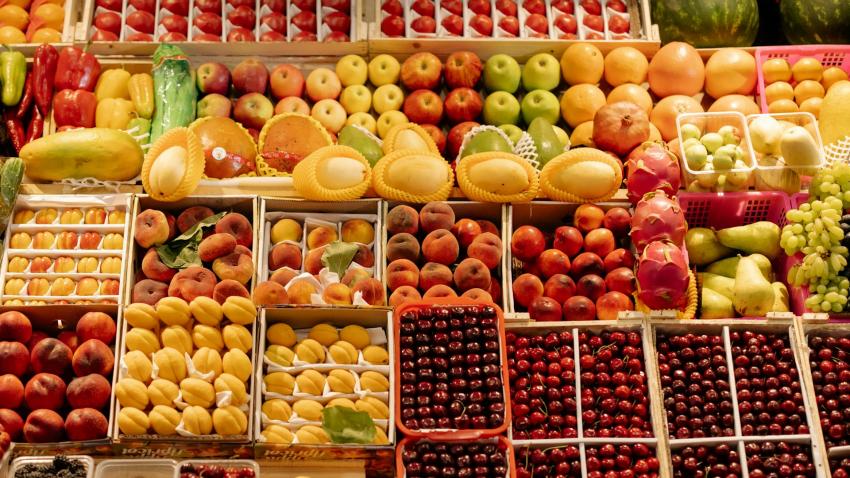
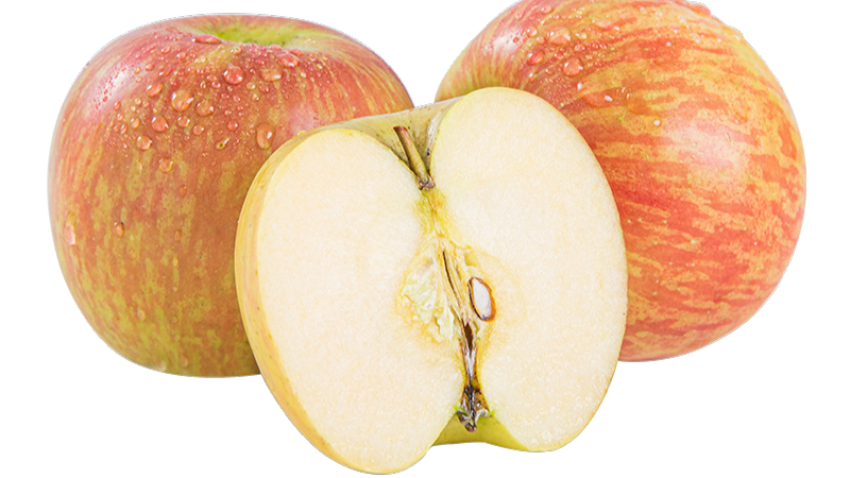
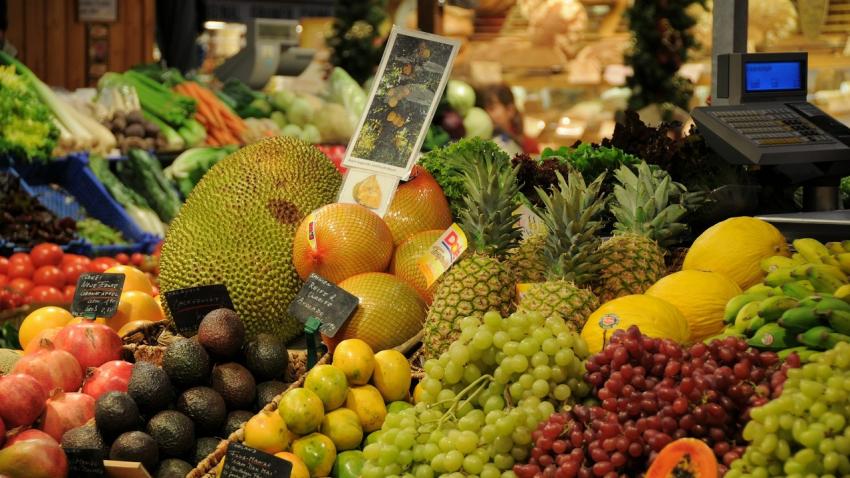
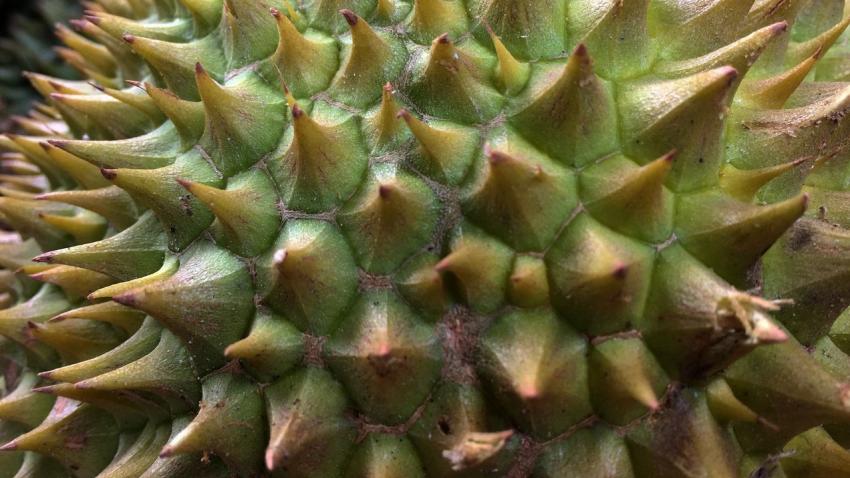



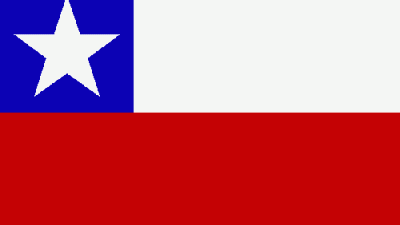

Add new comment